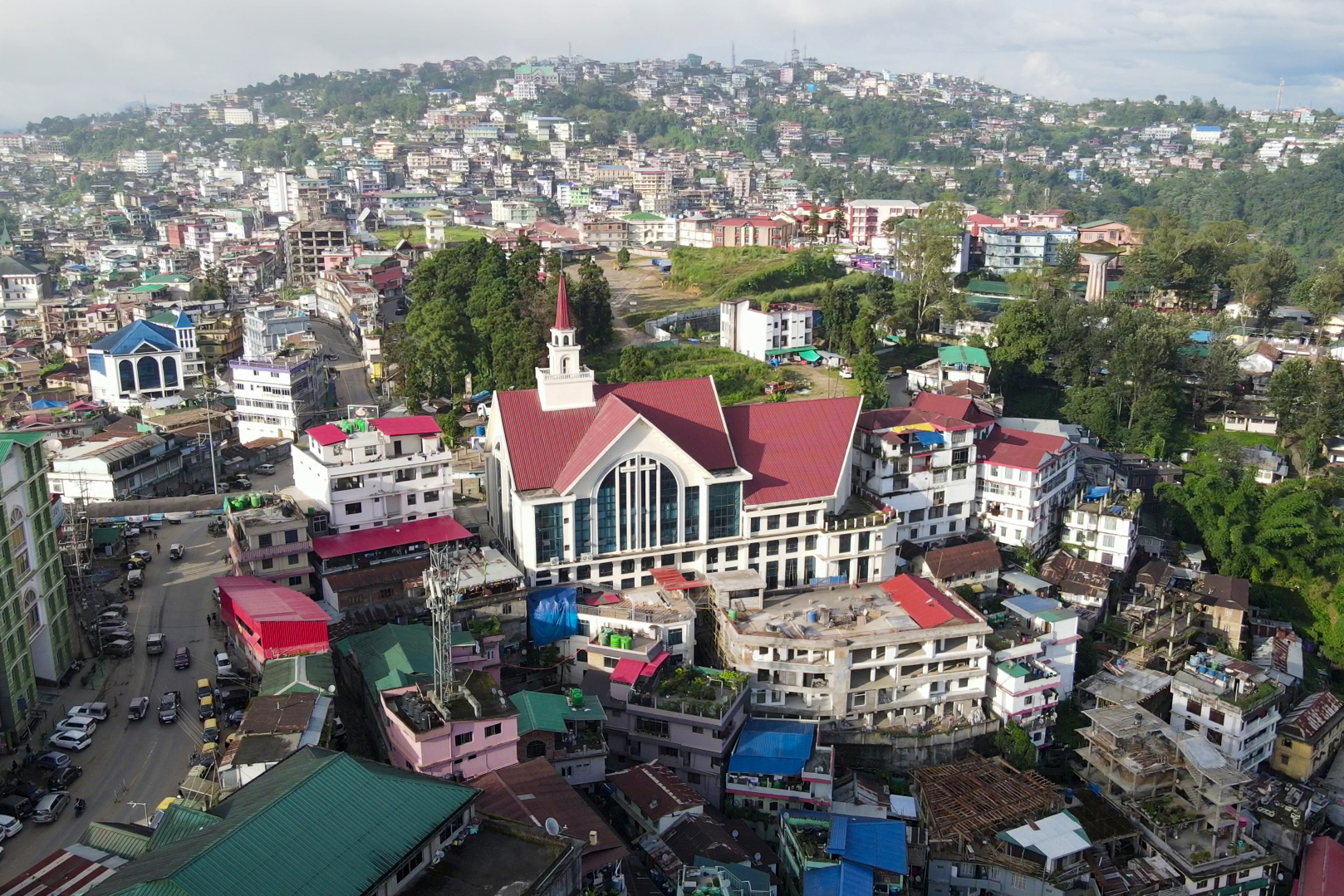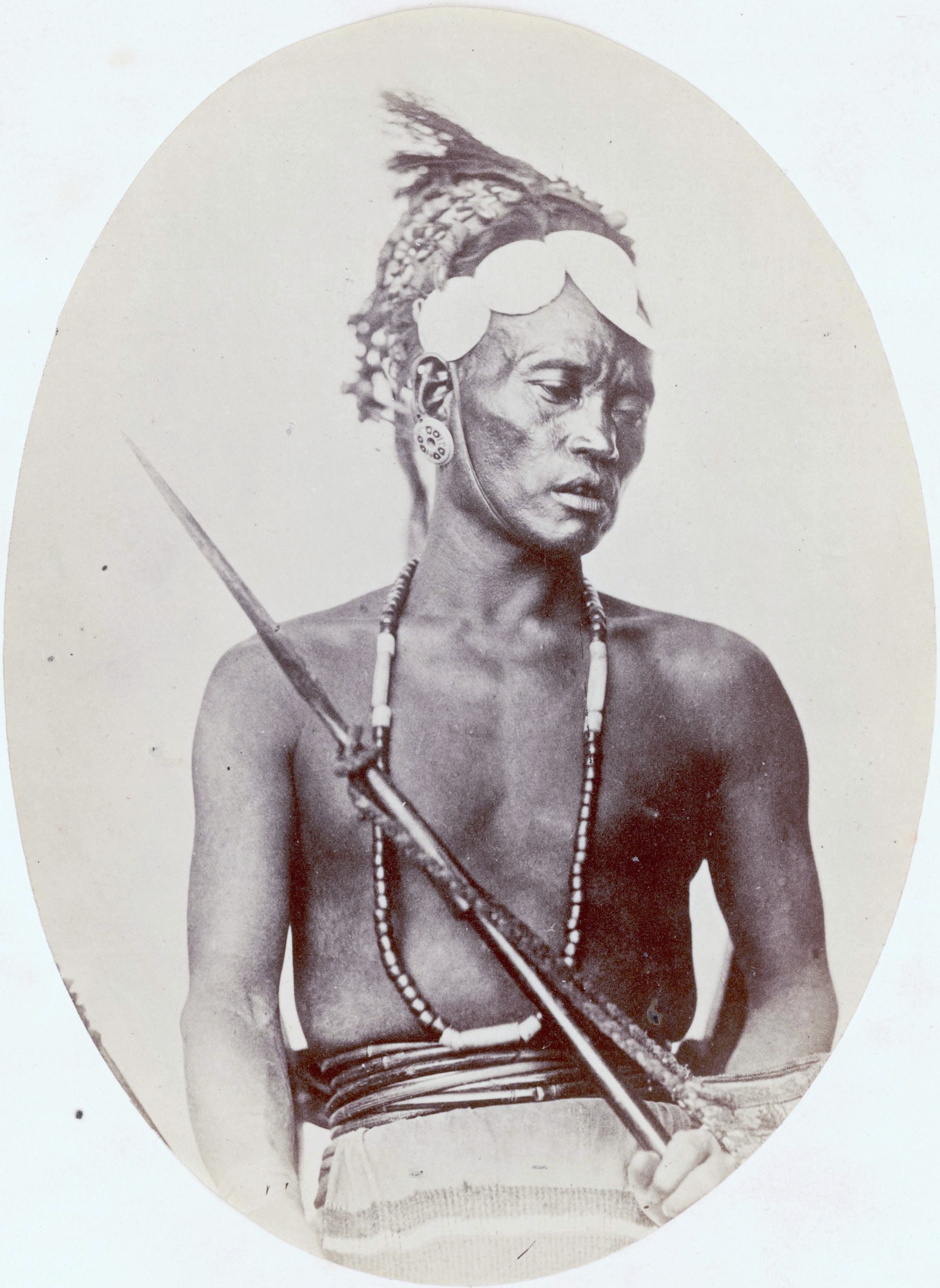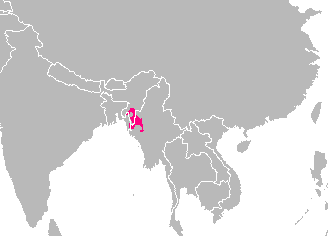|
Medziphema
Medziphema is a town and Subdistrict, sub-division located in Chümoukedima district, Chümoukedima District of Nagaland state of India. Medziphema Town and Medziphema Village are situated few kilometers apart, the village stands on a hill top to the north of the near-valley Town. It is located 44 km from the Capital City of Kohima, 20 km from Chümoukedima and 33 km from Dimapur. The National Highway 29 (India), National Highway 29 runs through the Town area. Geography Medziphema spreads over a very wide beautiful landscape and its altitude is about 360 m above the sea level. It is neither a hill nor a valley and it gently slope down towards the southern region from the north-eastern side of the town. This town actually represents an interface of the Hilly Nagaland and the valleys as the actual hill region more or less starts after this town as we move up towards Kohima and it overlooks the valley of Chümoukedima District. The temperature during summer ranges b ... [...More Info...] [...Related Items...] OR: [Wikipedia] [Google] [Baidu] |
Chümoukedima District
Chümoukedima (), previously spelled Chumukedima, formerly known as Samaguting, is a municipality in the Chümoukedima District of the Indian state of Nagaland. It is situated on the left bank of the Chathe and with its surrounding area that includes several other towns and villages, the Chümoukedima Metropolitan Area is the largest urban agglomeration in Nagaland in terms of area and third largest in terms of population, after Dimapur and Kohima. Chümoukedima is the only municipality of the district of the same name. Chümoukedima was designated as the first headquarters of then Naga Hills District of Assam Province, British India, from 1866 until the administrative office moved to Wokha in 1875 and then to Kohima in 1879. Names During the colonial era, Chümoukedima was mispronounced as "Samaguting" by British officials. This was later corrected in the book, ''My Experiences in Manipur and the Naga Hills'' (1896) by James Johnstone, who acknowledged that the proper ... [...More Info...] [...Related Items...] OR: [Wikipedia] [Google] [Baidu] |
Lotha Naga
Lotha Nagas, also known as Kyongs, are a major Naga ethnic group native to Wokha District in the Northeast Indian state of Nagaland. Origins Scholars have presented several theories about the migration of the Lothas and the other Naga people, based on vocal explanations passed on from one generation to another. Migration from eastern China According to this theory mentioned by Hokishe Sema, the Lothas started moving out from the Eastern part of China, passing through Malaysia, Indonesia and Burma en route. After many long years of movement, they reached a place called '' Khezakhenoma'' located between Manipur and Chakhesang (the present-day Phek), where they settled for a short period of time. From ''Khezakhenoma'' they moved towards the present day settlement of the Lothas i.e. Wokha district where they finally settled. Migration from Manchuria This theory, mentioned by T. Phillips, says that the Lothas migrated from Manchuria, passing through the foothills of t ... [...More Info...] [...Related Items...] OR: [Wikipedia] [Google] [Baidu] |
Chümoukedima
Chümoukedima (), previously spelled Chumukedima, formerly known as Samaguting, is a municipality in the Chümoukedima District of the Indian state of Nagaland. It is situated on the left bank of the Chathe and with its surrounding area that includes several other towns and villages, the Chümoukedima Metropolitan Area is the largest urban agglomeration in Nagaland in terms of area and third largest in terms of population, after Dimapur and Kohima. Chümoukedima is the only municipality of the district of the same name. Chümoukedima was designated as the first headquarters of then Naga Hills District of Assam Province, British India, from 1866 until the administrative office moved to Wokha in 1875 and then to Kohima in 1879. Names During the colonial era, Chümoukedima was mispronounced as "Samaguting" by British officials. This was later corrected in the book, ''My Experiences in Manipur and the Naga Hills'' (1896) by James Johnstone, who acknowledged that the proper name wa ... [...More Info...] [...Related Items...] OR: [Wikipedia] [Google] [Baidu] |
Town
A town is a type of a human settlement, generally larger than a village but smaller than a city. The criteria for distinguishing a town vary globally, often depending on factors such as population size, economic character, administrative status, or historical significance. In some regions, towns are formally defined by legal charters or government designations, while in others, the term is used informally. Towns typically feature centralized services, infrastructure, and governance, such as municipal authorities, and serve as hubs for commerce, education, and cultural activities within their regions. The concept of a town varies culturally and legally. For example, in the United Kingdom, a town may historically derive its status from a market town designation or City status in the United Kingdom, royal charter, while in the United States, the term is often loosely applied to incorporated municipality, municipalities. In some countries, such as Australia and Canada, distinction ... [...More Info...] [...Related Items...] OR: [Wikipedia] [Google] [Baidu] |
Kohima
Kohima (; Tenyidie: Kewhira ()) is the capital of the North East Indian state of Nagaland. With a resident population of almost 100,000, it is the second largest city in the state. Kohima constitutes both a district and a municipality. The municipality covers . The city lies on the foothills of Japfü section of the Barail Range located south of the District () and has an average elevation of . Originally known as Kewhira, Kohima's history goes back to a time when it was a village of the Angami Nagas. It became an urban centre in 1878 when the British Empire established its headquarters of the then Naga Hills District of Assam Province. It officially became the capital after the state of Nagaland was inaugurated in 1963. Kohima was the site of one of the bloodiest battles of World War II. The battle is often referred to as the ''Stalingrad of the East''. In 2013, the British National Army Museum voted the Battle of Kohima to be ''Britain's Greatest Battle''. Etymology ... [...More Info...] [...Related Items...] OR: [Wikipedia] [Google] [Baidu] |
Pochury
The Pochurys are a Naga ethnic group inhabiting the Northeast Indian state of Nagaland. They are native to Meluri District. History The Pochury identity is of relatively recent origin. It is a composite ethnic group formed by three Naga communities: Kupo, Kuchu and Khuri. The word Pochury is an acronym formed by the names of three native villages of these people: Sapo, Kuchu and Kwiry. According to the Pochuri legends, these villages fought battles against each others, but united into a single ethnic group after their elders negotiated peace. Besides the three main communities, migrants belonging to the Sangtam and Rengma people have also been absorbed in the Pochury group. An anthropologist has drawn the ethnic lines within some ‘collective’ Naga groups in order to rescue the true ethnic characteristics and linguistic identities of some ethnic group such as Pochury, Puimei, and Zounuo-Keyhonuo. The Pochury was accorded recognition as a distinct ethnic group based on ... [...More Info...] [...Related Items...] OR: [Wikipedia] [Google] [Baidu] |
Zeliangrong
The Zeliangrong people are one of the major indigenous Naga communities living in the tri-junction of Assam, Manipur and Nagaland in India. They are the descendants of Nguiba. The term "Zeliangrong" refers to the Zeme, Liangmai and Rongmei Kindred tribes combined. Earlier, the term also covered the Inpui tribe. The descendants of Hoi of Makuilongdi (Makhel) were divided and were made peripheral appendages to three political entities - Nagaland, Manipur and the Dima Hasao (N.C Hill district) of Assam. The Zeliangrong may be classified as an ethno-cultural entity. The Zeliangrong belong to the larger Southern Mongoloid population and their language belongs to the Sino-Tibetan family of languages. Etymology The ethnonym 'Zeliangrong' is derived from 3 words ZE-LIANG-RONG. ZE from Zeme, LIANG from Liangmai and Rong from Rongmei. It traced back to the three kindred tribes. The three tribes are the ''Zeme'' (dwellers of the warmer) or ''Mejahme'' (lower region), ''Liangmai'' (me ... [...More Info...] [...Related Items...] OR: [Wikipedia] [Google] [Baidu] |
Rengma
The Rengma Naga are a Tibeto-Burman ethnic group inhabiting the Northeast Indian states of Nagaland and Assam. According to the 2011 Census of India, the population of Rengmas in Nagaland stands at 62,951 and the population of Rengmas in Assam is around 22,000. Tseminyü district, Tseminyü District is the headquarters of the Rengmas in Nagaland and the headquarters of the Rengmas in Assam is located at Phentsero/Karenga Village. History According to the local traditions, the Rengmas and the Lothas (or Lhotas) were once part of a single ethnic group. There are also oral records of a mighty struggle between the combined Rengma villages, and the Lotha village of Phiro. There are records of the Rengmas' conflict with the Angami Nagas. Slavery used to be a practice among the Rengmas, and the slaves were known by the names ''menugetenyu'' and ''itsakesa''. By the time the British arrived in the Naga region, the slavery was a declining practice, and no Rengma appears to have been ... [...More Info...] [...Related Items...] OR: [Wikipedia] [Google] [Baidu] |
Kuki Peoples
The Kuki people, or Kuki-Zo people,Rakhi BoseIn Tense Manipur, Sub-Categorisation And 'Creamy Layer' Could Open A Pandora's Box Outlook, 11 September 2024. uoting general secretary of the Committee on Tribal Unity (COTU), Kangpokpi''At present, all tribal communities in Manipur (other than the Nagas) are united and organised under the banner of Kuki-Zo, and we want separate administration for our regions in Kangpokpi, Churachandpur and Tengnoupal.” are an ethnic group in the Northeastern Indian states of Manipur, Nagaland, Assam, Meghalaya, Tripura and Mizoram, as well as the neighbouring countries of Bangladesh and Myanmar. The Kukis form one of the largest hill tribe communities in this region. In Northeast India, they are present in all states except Arunachal Pradesh. The Chin people of Myanmar and the Mizo people of Mizoram are kindred tribes of the Kukis. Collectively, they are termed the Zo people. Some fifty tribes of Kuki peoples in India are recognised as schedu ... [...More Info...] [...Related Items...] OR: [Wikipedia] [Google] [Baidu] |
Chakhesang
The Chakhesangs are a major Naga ethnic group inhabiting the Northeast Indian state of Nagaland. Chakhesangs were previously known as the former Eastern Angami, now recognized as a separate ethnic group. The name "Chakhesang" was created as an acronym from the names of three ethnic groups: the Chakrü (Chokri), Khezha (Kuzhami) and Southern Sangtam (now separately known as Pochury). Most of the villages fall within Phek District of Nagaland. Two Chakhesang villages ( Jessami and Soraphung/Krowemi) are located in the Ukhrul District Ukhrul district ( Meitei pronunciation:/ˈuːkˌɹəl or ˈuːkˌɹʊl/) is an administrative district of the state of Manipur in India with its headquarters at Ukhrul. The Ukhrul district has a long history dating back to the 1920s when it wa ... of Manipur. Notable personalities The following is a list of prominent people belonging to the Chakhesang community. Chokri * Zhokhoi Chüzho (b. 1984), Actor * Küzholuzo Nienü (b. 1966), P ... [...More Info...] [...Related Items...] OR: [Wikipedia] [Google] [Baidu] |
Ao Naga
The Aos are a major Naga ethnic group native to Mokokchung District of Nagaland in Northeast India. Their main territory is from Tsüla (Dikhu) Valley in the east to Tsürang (Disai) Valley in the west in Mokokchung District. The Ao Nagas refer to themselves as ''Aoer'', which means "those who came" from across the Dikhu river. They were the first Nagas to embrace Christianity, and by virtue of this development, the Aos availed themselves of the Western education that came along with Christianity. In the process the Aos pioneered among the Nagas in many fields. Christianity first entered into the Ao territory when an American Baptist missionary, Edward Winter Clark, reached an Ao village called Molungkimong in 1872.According to Edwin W. Clark's accounts, when he first set foot in Mulong village in 1872, Mulong, which was under the protectorate of Chungtia, had to seek permission from the latter for his stay which was promptly allowed by Chungtia village. Subsequently, he w ... [...More Info...] [...Related Items...] OR: [Wikipedia] [Google] [Baidu] |



